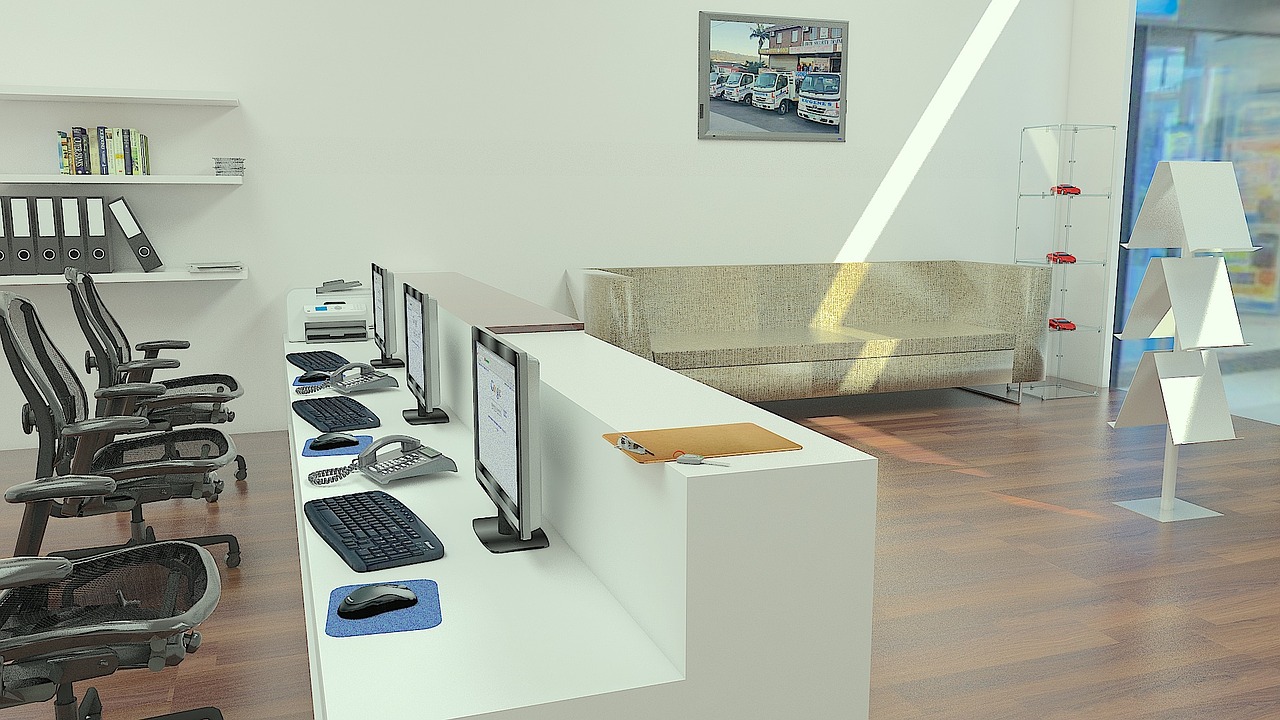So, your business is thriving. All the hard work is paying off and you’re starting to reap the benefits – repeat customers, growing workload, increased revenue, so is it time to move out of your 3rd bedroom-turned-office, into a more professional environment? It can be tricky to take the leap as an SME owner – so here are key things to consider when buying or renting office space for your business.
Shared or Private Space?
There are many options for professional working environments, including the private vs shared space debate. There are pros and cons for each option, so it really is down to how your business operates.
If you are currently the only worker or you have 2 to 3 employees, you may benefit best from a co-working environment. This means you will be in a larger office space which other business people are using at the same time. You can take advantage of an office environment with internet allowance, desks, lockable storage units, and telephone systems without having to pay a hefty price tag for private space.
Alternatively, if you have a larger amount of staff, or the business you run is highly confidential or sensitive, you may be better off in a private space where you can discuss business freely and openly without worrying about being overheard.
There are many serviced offices across the country, with companies such as BE Offices and Prime Office Space offering both shared and private spaces so you are sure to find something to suit your business.
Renting or Buying?
When looking to set up your first office, you will no doubt deliberate over renting or buying. The rental market is extremely popular as it gives you the flexibility to move on at the end of the lease. So, if your business grows significantly and you need more staff, you can move to a larger space in line with business requirements. This flexibility may also be useful if you decide an alternative location may be better down the line for your business, due to localised demand for products or services. Renting also usually means fewer upfront costs than buying, but you do run the risk of rental values inflating, with a subsequent high impact on your finances.
Buying is obviously a huge commitment and requires a larger investment up front. This may be suitable for you if you have a good idea of your long-term business requirements and you know that the property will serve these. This may be the case for businesses requiring large factory spaces, for example. It also gives you the ability to make any changes to the property that you desire –you own it, so you can do what you like to it.
Is It Practical?
It is also important to consider whether the location is suitable for you and your staff. It is easy to get to via public transport? Does it have sufficient car parking?
Finally, always put your Health and Safety hat on and make sure the building abides by current health and safety standards. It may look pretty, but it needs to be a safe place to work with comfortable conditions for you and your staff. Undertake a risk assessment before you move in to highlight any potential issues and implement strategies to mitigate risks.
Read Also:






















